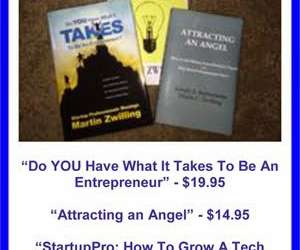Master of Customer Acquisition, Matt Coffin, On Startups …
Both Sides of the Table
APRIL 19, 2011
Don’t and you might make one catastrophic mistake that leaves you in the annals of Effed Companies. He is very hands-on and helpful – especially for any company looking into customer acquisition. o CPM model gave him control over the information in the acquisition cycle so he focused on that. - Something so simple.



























Let's personalize your content